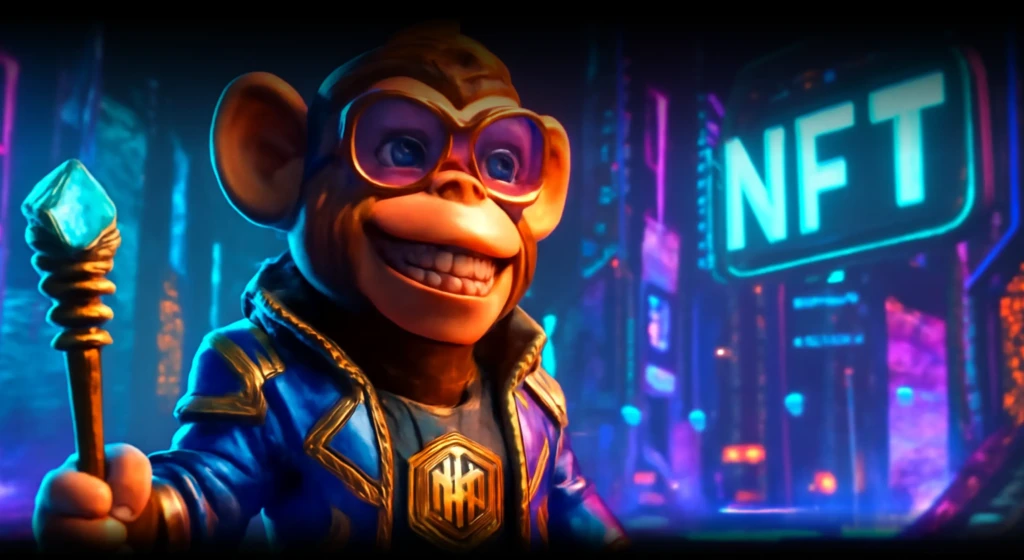What is dApp NFT?
The term dApp NFT refers to the integration of decentralized applications (dApps) with non-fungible tokens (NFTs)—two of the most disruptive innovations in blockchain technology. While dApps provide decentralized, trustless platforms for gaming, finance, and social media, NFTs introduce digital ownership and verifiable scarcity. Together, they are reshaping how users interact with digital assets, communities, and marketplaces.
This fusion is more than a technical trend—it’s a paradigm shift in how value, art, and utility converge. But to understand the real impact, we must dig deeper into what dApp NFTs are, how they work, and where they might lead.
The Foundations: dApps and NFTs
What is a dApp?
A decentralized application (dApp) is software that runs on a blockchain rather than centralized servers. Unlike traditional applications, dApps:
- Operate on open-source code
- Rely on smart contracts for automation
- Run on peer-to-peer networks like Ethereum or Solana
- Offer censorship resistance and transparency
For example, Uniswap is a dApp that enables decentralized trading of cryptocurrencies without intermediaries.
What is an NFT?
A non-fungible token (NFT) is a unique digital asset stored on the blockchain. Unlike cryptocurrencies such as Bitcoin or Ether, NFTs are not interchangeable because each token represents distinct metadata. They can be:
- Digital art (Beeple’s $69M auction set records)
- Collectibles (NBA Top Shot moments)
- In-game assets (weapons, skins, or virtual land)
- Utility-based tokens (event tickets or membership passes)
According to CoinDesk, NFTs have redefined ownership by enabling verifiable scarcity and provenance.
How dApp NFTs Work Together
When dApps integrate NFTs, they create tokenized ecosystems where ownership and functionality intersect.
- Gaming dApps – Players can own characters, skins, or land as NFTs and trade them freely on secondary markets. Axie Infinity pioneered this model, allowing users to earn income by playing.
- DeFi dApps – NFTs are used as collateral in decentralized lending platforms, unlocking liquidity for collectors and investors.
- Social dApps – Communities tokenize access with NFTs, granting holders governance rights, exclusive content, or membership perks.
This integration makes dApp NFTs self-sustaining economies, where users are both participants and stakeholders.
Case Studies: dApp NFT in Action
Axie Infinity: Gaming Meets Ownership
Axie Infinity is one of the earliest examples of dApp NFTs. Each creature, or “Axie,” is an NFT that can be bred, traded, or used in battles. At its peak in 2021, the game generated billions in NFT trading volume, showing the potential of play-to-earn economies.
Decentraland: Virtual Real Estate
In Decentraland, users buy and sell parcels of virtual land as NFTs. These assets give their owners the ability to build businesses, galleries, or entertainment hubs inside a decentralized metaverse.
DeFi & Collateralization
Platforms like NFTfi allow NFT holders to collateralize their assets for loans. This merges the financial utility of DeFi with the digital ownership of NFTs, creating a new asset class.
Why dApp NFTs Matter
The significance of dApp NFTs goes beyond speculation:
- True Ownership: Users control their assets without reliance on centralized companies.
- Interoperability: NFT standards like ERC-721 allow assets to move across multiple dApps.
- Community Governance: Holders often have voting rights in DAO structures.
- Monetization Models: Artists, developers, and gamers gain new revenue streams.
This convergence is driving innovation not just in crypto markets, but also in gaming, social media, and virtual economies.
Risks and Challenges
While promising, dApp NFTs face hurdles:
- Volatility: NFT valuations can swing dramatically.
- Regulation: Unclear legal frameworks for NFT ownership and taxation remain.
- Scalability: Blockchains like Ethereum still struggle with transaction costs and speed.
- Security: Smart contract vulnerabilities can result in major losses.
These risks underscore the need for careful adoption and stronger technical safeguards.
The Future of dApp NFTs
Looking forward, dApp NFTs may evolve in several directions:
- Metaverse Expansion: Virtual worlds like The Sandbox will deepen NFT integration, enabling digital economies parallel to real-world markets.
- AI-Driven NFTs: Machine learning could create dynamic NFTs that evolve with user interaction.
- Institutional Adoption: As enterprises explore NFTs for ticketing, licensing, and identity verification, dApps will serve as decentralized infrastructures.
- Cross-Chain Solutions: Interoperability protocols will allow NFTs to move across different blockchains seamlessly.
As dApp NFTs mature, they could become the foundation of Web3 digital ownership and value exchange.
FAQs About dApp NFTs
What is dApp NFT in simple terms?
A dApp NFT is the combination of decentralized applications (dApps) and non-fungible tokens (NFTs), allowing users to own, trade, and interact with unique digital assets within decentralized platforms.
How do dApp NFTs work in gaming?
In gaming, dApp NFTs represent in-game items like characters, land, or skins. These assets are player-owned, tradable, and often usable across multiple platforms.
Are dApp NFTs safe to invest in?
While dApp NFTs provide innovative opportunities, they also carry risks such as volatility, security flaws, and regulatory uncertainty. Investors should research thoroughly before committing funds.
What makes dApp NFTs different from regular NFTs?
Regular NFTs are stand-alone assets, while dApp NFTs are integrated into decentralized applications, giving them utility within ecosystems like DeFi, gaming, or social media.
Can dApp NFTs generate income?
Yes, through models like play-to-earn gaming, NFT collateralization, or community tokenization, dApp NFTs can generate revenue for their holders.
Conclusion: A Convergence Shaping Web3
The question “What is dApp NFT?” goes beyond definitions—it’s about understanding a transformative shift in digital economies. By merging decentralized infrastructure with verifiable ownership, dApp NFTs open pathways to new financial models, cultural movements, and virtual societies.
As challenges like regulation and scalability are addressed, the future of dApp NFTs may well define the backbone of the Web3 ecosystem, where users are no longer consumers but stakeholders in digital networks.

